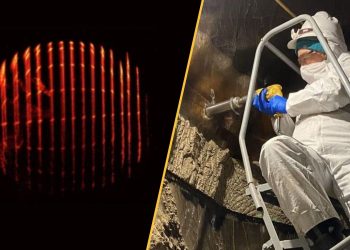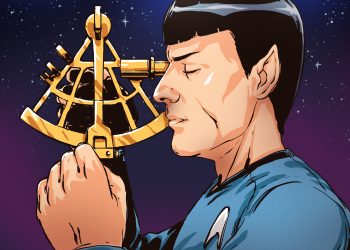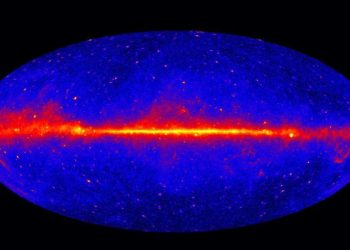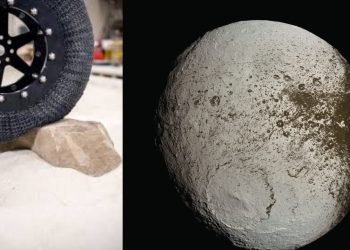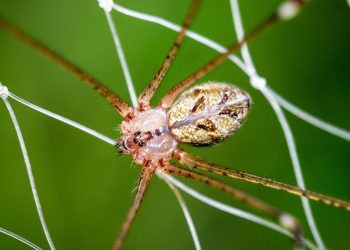A study of mitochondrial DNA indicates that there were at least two waves of migration connecting the Americas, China and Japan: one during the last ice age and another when the ice began to retreat.
The research team traced a rare lineage of Native American founders across continents and eras, examining mitochondrial DNA passed down from females. Using 100,000 modern and 15,000 ancient samples, the team was able to identify 216 contemporary and 39 ancient individuals who shared the lineage, mapping its branching paths using carbon dating and comparing mutations detected along the way.
“The Asian ancestry of Native Americans is more complicated than previously indicated,” Yu-Chun Li, a molecular anthropologist with the Chinese Academy of Sciences, said in a statement. “In addition to previously described ancestral sources in Siberia, Australo-Melanesia, and Southeast Asia, we show that the northern coast of China also contributed to the Native American gene pool.”
According to the team, the first “radiation event” (migration event) took place between 19,500 and 26,000 years ago, when the cold conditions of the northern coast of China were inhospitable to humans. The second took place between 19,000 and 11,500 years ago, as the world’s human population expanded and explored in better climatic conditions. Surprisingly, in both cases, they think ancient humans made their way to the Americas via the Pacific coast, rather than across the Bering land bridge – the dry land that connected Siberia and Alaska during the last ice age – as has been assumed.
Based on analysis of their migration across the continent and comparisons of similarly made arrowheads and spears, it has been suggested that the Paleolithic peoples of China and Japan crossed the northern shore of the Pacific Ocean until reaching the northwest coast of North America. Given these connections, some have suggested that Native Americans were descendants of the Jōmon people of Japan, although a recent genetic study found that this was probably not the case. Instead, this new study found that the similarities could be due to a common lineage.
“During the terminal Pleistocene period, Japanese microblades, which show similarities with those from Northeast Asia (including northern China), show commonalities with contemporary points from nascent Jōmon sites,” the team explains in their study.
“It is important to note that stemmed projectile points were well distributed around the Pacific, from Japan to South America, with close affinities to each other. Recent discoveries of stemmed projectile points in North America (…) show a closer affinity with unfluted projectile points from Japan than with those from North Asia.
We attribute this similarity in Paleolithic technology, as well as the phylogenetic relationships of D4h sublineages in China, the Americas, and Japan, to a likely Pleistocene connection between these regions. »
The team also found that people from the northern coast of China traveled to Japan.
“We were surprised to find that this ancestral source also contributed to the Japanese genetic heritage, especially that of the indigenous Ainus,” Li added. “This suggests that the Pleistocene connection between the Americas, China and Japan was not limited to culture but also genetics.”
The study was published in Cell Reports.



